This Architecturally Significant Home in Houston is Brimming With Bold, Provocative Art
Cody Fitzsimmons and Christopher Scott May Be Bringing Their Artful Eyes to Dallas Now, but Their Radical Memorial Townhouse Lives on in This Feature
BY Rebecca Sherman // 05.09.23In the living room, a sculpture by Gabrielle L’Hirondelle Hill, at left on table; a painting by SoiL Thornton; and a Michael E. Smith sculpture atop the Mario Bellini cube table. Italian settee and chairs, all 1940s. (Photo by Jack Thompson)
Two years ago, Cody Fitzsimmons got a tip from a friend about a special townhouse coming on the market in Houston’s Memorial neighborhood. Designed by late modernist Preston Bolton, the architecturally significant home would likely be snapped up even before it was listed. Fitzsimmons walked in, took a few steps, and dialed his husband, Christopher Scott. “Oh my God, get here immediately — it’s the house,” he exclaimed.
Their offer didn’t turn out to be the highest, but the owners — a pair of art collectors — liked the idea of selling the house to fellow connoisseurs. Fitzsimmons is an art advisor and Scott is an attorney by day, and together they’ve amassed an audacious array of paintings, photographs, and sculptures just crying out for the right interiors.
Completed in 1969, the flat-roof brick townhouse in the leafy area west of downtown has a gallery-like appeal, with original white terrazzo floors and endless wall space for hanging art. Skylights drench the interiors with diffused light, and multiple atriums in the main living areas and bedrooms make the house appear more spacious than its 2,500 square feet. Secluded from the street and with no windows to speak of, the house is private and cocooning. “You feel like you could be anywhere, Houston or Europe,” Fitzsimmons says.
Bolton — who died in 2011 at age 91 — was as passionate about the arts as he was about architecture, often designing houses ideal for displaying collections. Throughout the ’50s, he partnered with architect Howard Barnstone on designs for rectilinear, flat-roofed buildings inspired by Philip Johnson and Mies van der Rohe, garnering their firm national attention. Bolton went out on his own in 1961, carving a remarkable career well into the 21st century that encompassed much more than architecture. He was also a civic leader and a patron instrumental in growing Houston’s important arts scene, as well as an early president of the Contemporary Arts Association, now the Contemporary Arts Museum Houston.
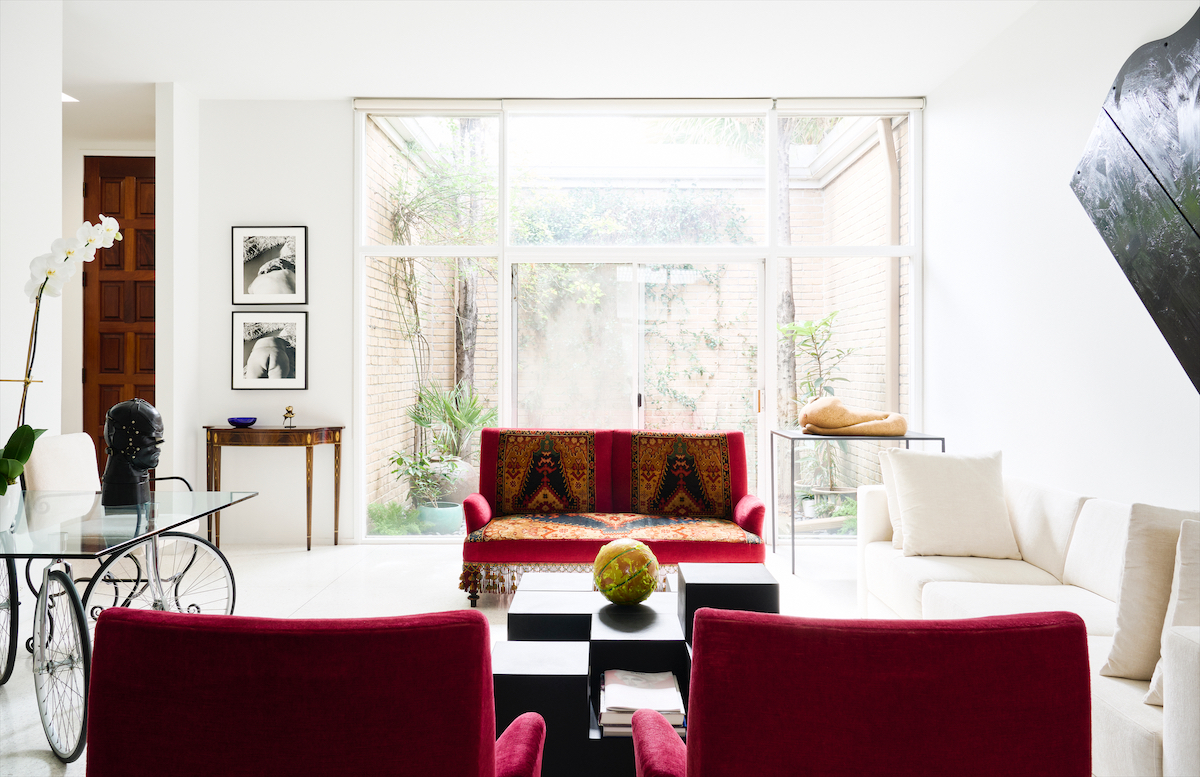
Question the Status Quo
Bewitching as they are, these interiors are not for the faint of heart. Fitzsimmons and Scott chose the furniture for its unconventional aesthetic appeal rather than comfort or functionality, and their art is often provocative, sometimes startling, and occasionally disturbing. “We are pushing the boundaries of what is acceptable in a domestic space,” says 35-year-old Scott. “The house reflects our interests and who we are as a whole. Being adventurous with interior design is something you want to think about in a deeper, harmonious way if you are going to put art in your home.”
Most of their furnishings are Italian and have come from small European auction houses, where it’s easier to find rare and uncommon pieces that are unique enough to hold their own in rooms brimming with exciting art. They discovered the living room’s black-leather cube tables by Mario Bellini at auction, along with remarkable 1940s fringed red velvet chairs and sofa, which arrived in pristine condition despite their age.
Fitzsimmons, who turned 32 in April, is passionate about Italian Radical Design, an avant-garde architecture and design movement during the ’60s and ’70s that proposed a new way of living through radically different concepts for housing, furnishings, and even city planning. He first discovered the movement in college and now has a collection of furniture and decorative objects by the era’s most iconic designers, including Gaetano Pesce and Gae Aulenti. The couple’s dining table is a rare early design by Ettore Sottsass, founder of the 1980s Memphis Milano group of Italian artists who took inspiration from Radical Design. Memphis’ colorful, geometric forms — sometimes made from laminate or plastic — were often misunderstood and dismissed but are now highly collectible.
Radical Design and Memphis “challenged longstanding European ideas of taste and aesthetics,” Fitzsimmons says. “We like the fact that it’s rebellious. That’s how we are, and we recognize that in others.”
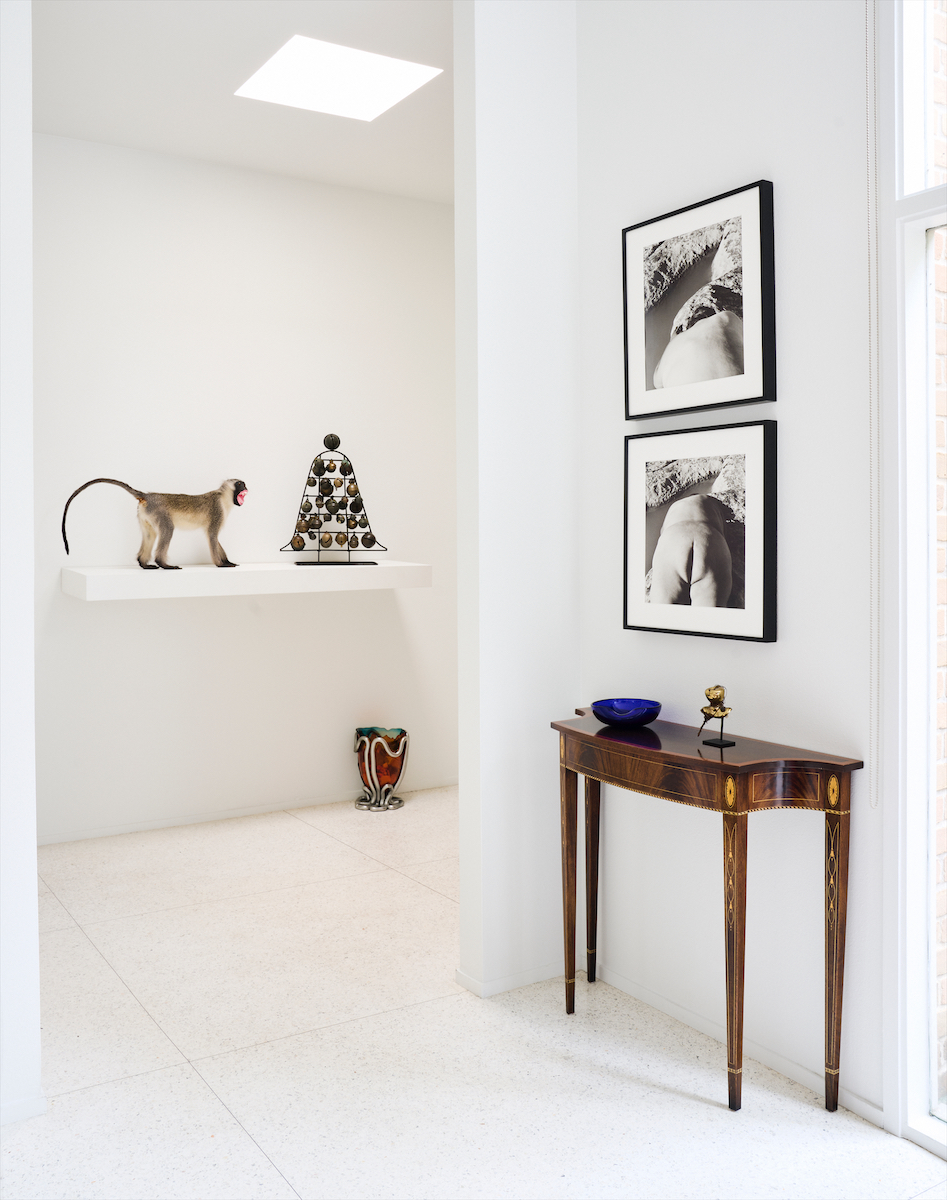
The Outsiders
The couple’s art collection focuses on works by queer and marginalized artists whose themes are often visually arresting. “We love to challenge ourselves and our guests by displaying difficult art and objects in an extreme way that sparks discourse,” Fitzsimmons says. The conversation starts the minute you walk in the door. On a shelf in the foyer, there’s an ensemble piece by late artist Terry Adkins, whose works are included in the permanent collection at MoMA. Titled Naples, the work features a fierce monkey — mouth wide open in a scream, teeth bared — placed next to a decorative stand with bells.
“It’s jarring to see a piece of art like that in the entry, but we specifically put it there to introduce our aesthetic to everyone who walks in,” Fitzsimmons says.
Adkins’ pairings are made from found objects and often reference racial history — in this case, the artist is paying homage to his father who, as a soldier stationed in Naples during WWII, was chided as a “monkey” because of his skin color. The bells reference white abolitionist John Brown, who rang a bell tower to incite a slave rebellion preceding the American Civil War.
On a nearby wall are two self-portraits by Laura Aguilar, a pioneering Chicana and queer artist in L.A. who died in 2018. In this 1990s series, Aguilar, a large-bodied woman, photographed herself naked in aspects of a desert landscape that mirrored her own form. “It’s a way of situating yourself with the rest of the world when you are not considered part of society’s ideal of a person,” Fitzsimmons says.
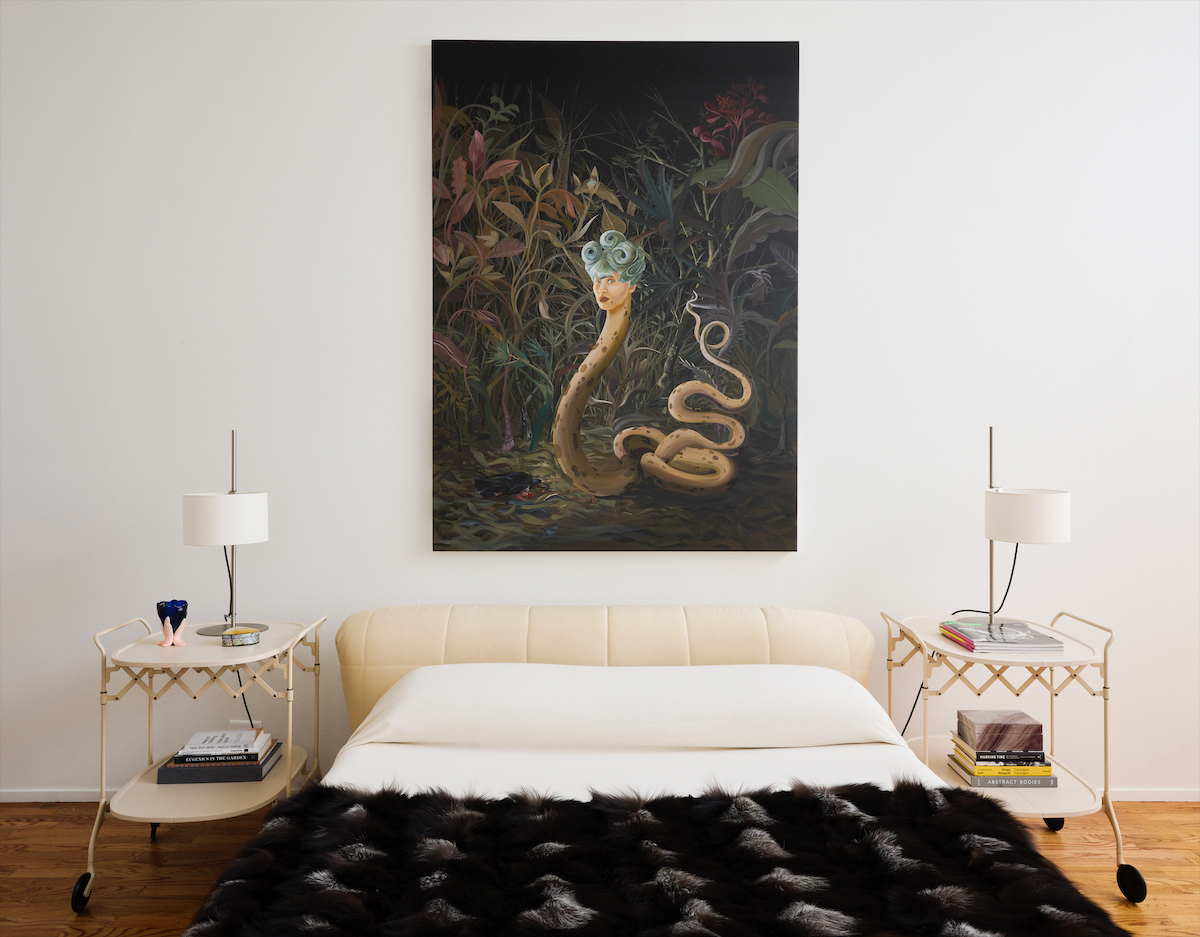
For some, this might be the stuff of nightmares: Over the couple’s bed hangs a large painting of a serpent with a woman’s face, slithering out of the jungle. Painted by Puerto Rico-based artist Dalton Gata, it’s at once beautiful, lush, and alarming. “He paints surreal fantasies from the gaze of a queer person living in the Caribbean,” Fitzsimmons says. “It’s not a voice you hear a lot from in America.”
One of Fitzsimmon’s favorite pieces takes up an entire wall in the guest bedroom. It was created by Canadian artist Julien Ceccaldi, whose “manga-inspired style applies fairy-tale distortions to millennial culture,” according to a feature about the artist on the Art Basel website. Here, the work features a woman kneeling before a half-dressed skeleton, seemingly caught in a sex act, the moment illuminated by a spotlight.
Says Fitzsimmons, “Manga is very heteronormative in many ways, so he queers them — addresses desire, beauty, indulgence from a queer perspective.” The painting is set in an alley, so the artist has also created an installation around it that includes garbage cans, bagged trash, and a discarded Starbucks cup, among other detritus. By contrast, they’ve draped the bed in an elegant hand-embroidered coverlet. “This plays to the idea of high and low — pairing something challenging and conceptually rigorous with something totally decorative,” he says.
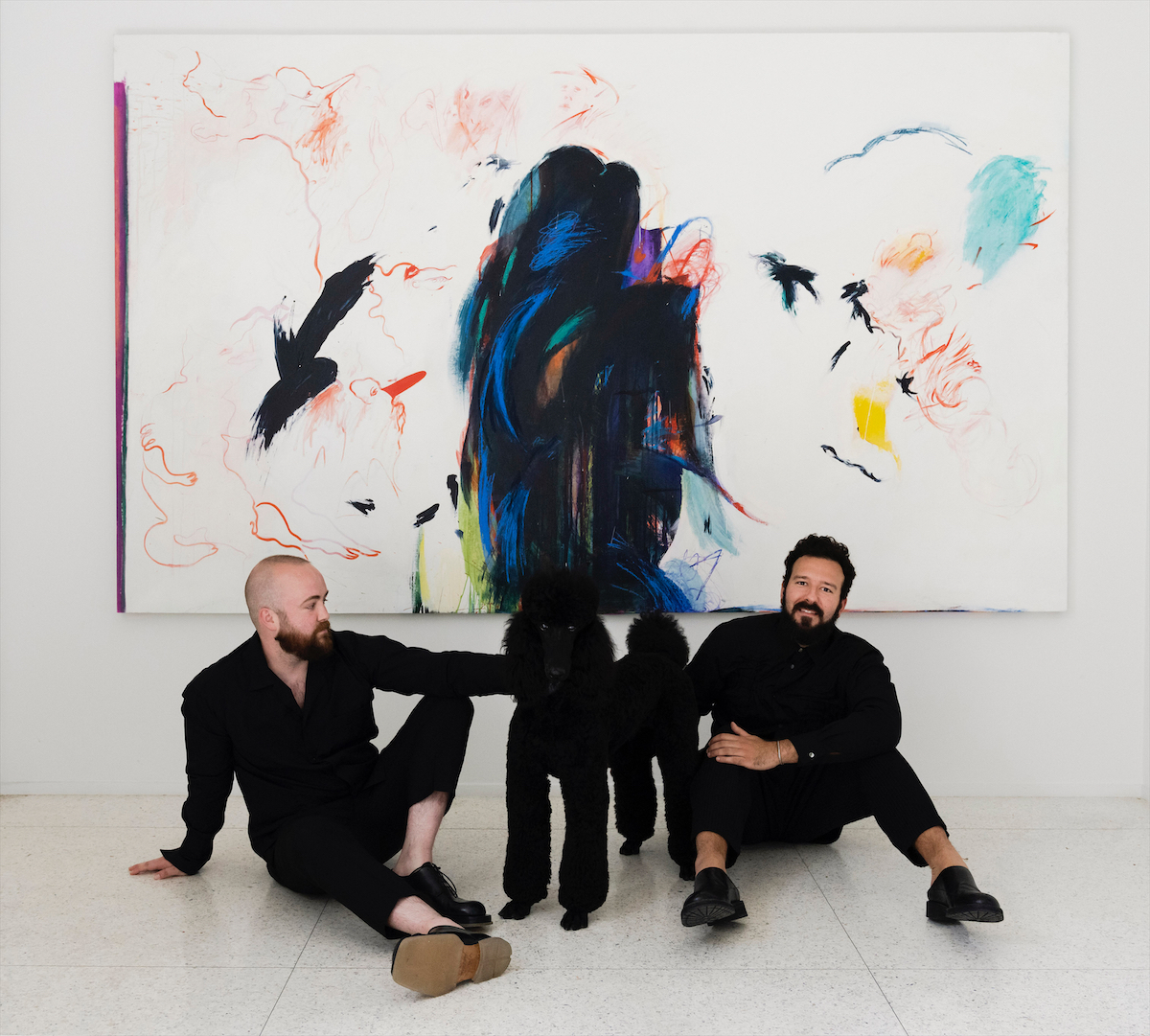
Past, Present, Future
Both Fitzsimmons and Scott relate to the outsider experience. They grew up as LGBTQ men in rural Southern communities — Fitzsimmons in “a pumpkin patch in Central Texas” and Scott, as a Cherokee citizen in Oklahoma. Art became not only a way out, but a way in.
Fitzsimmons studied art history in college, then headed for New York and L.A.; Scott pursued law school, where he picked up an interest in art, often reading Artforum as a way to relax before tests.
About eight years ago, they both landed in Houston, meeting at the art gallery where Fitzsimmons worked. They hit it off, spending free time going to museum shows and gallery openings. They soon began collecting as a couple. “Art became our whole lifestyle,” says Fitzsimmons, who started advising private art clients full-time three years ago. “A huge part of our education was getting to know curators and collectors. We don’t fit the normal mold of starting a business in the art world, but it’s perfect for us.”
Earlier this year, Fitzsimmons and Scott sold their Houston house and moved to Dallas; in July they will launch their first project space, Tureen, inside a 1930s building in Dallas’ Oak Cliff neighborhood. The space is named after a 1984 Louise Lawler photograph, Pollock and Tureen, which captures an antique tureen displayed in front of a Jackson Pollock painting. Tureen will feature exhibitions by queer and other underrepresented artists from Texas and around the globe, along with public performances, screenings, lectures, and panel discussions.
“We want to add to the conversation about art in Texas, not duplicate what other galleries are doing,” Scott says.
The project space opens with a group show that includes rare video works by Terry Adkins, drawings by Iran-born L.A. artist Sara Issakharian, and new paintings by exciting Dallas artist Francisco Moreno.
If their Houston house is any indication, expect Tureen to turn heads and get the conversation going. “We’re drawn to art that some people would be repulsed by,” Scott says. “But we’re also considering how the work holds two conflicting ideas at once — something that’s incredibly beautiful with a craft or decorative element behind it, but that also has a darker, uglier side. It’s an exercise to find the beauty in imperfections.”


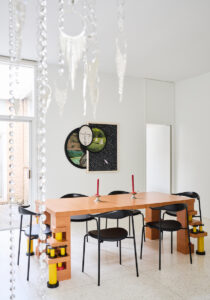



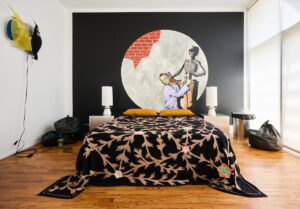
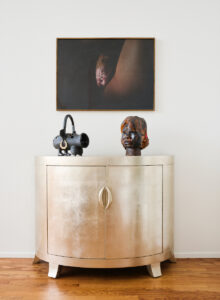



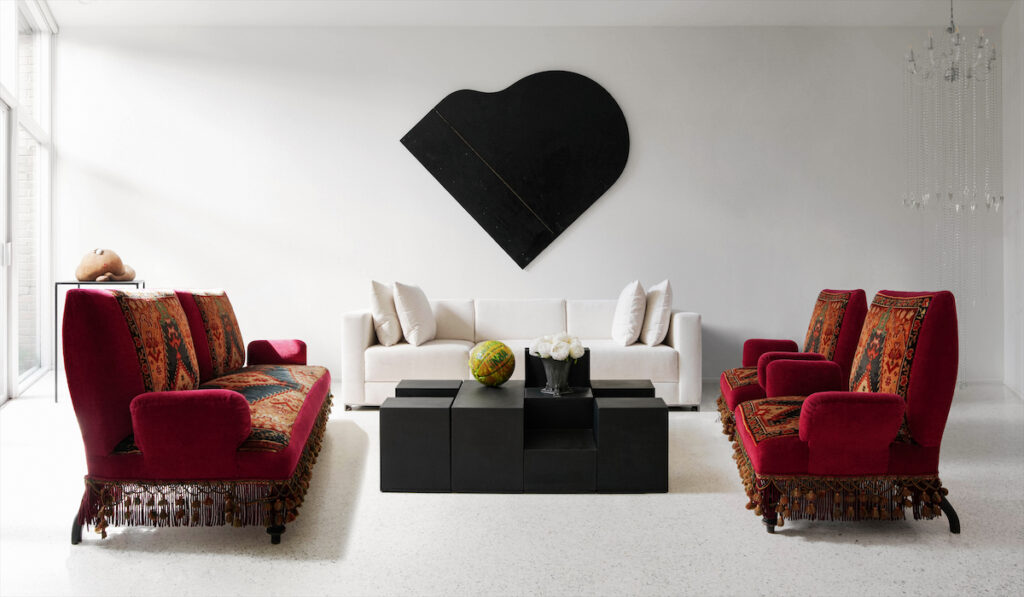
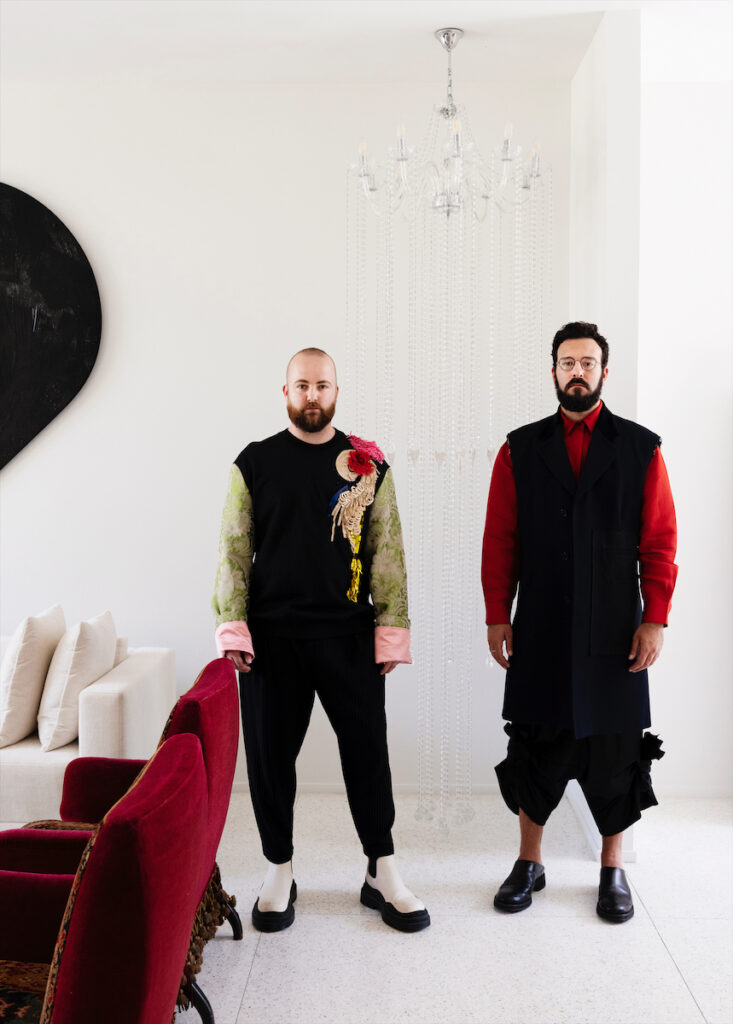



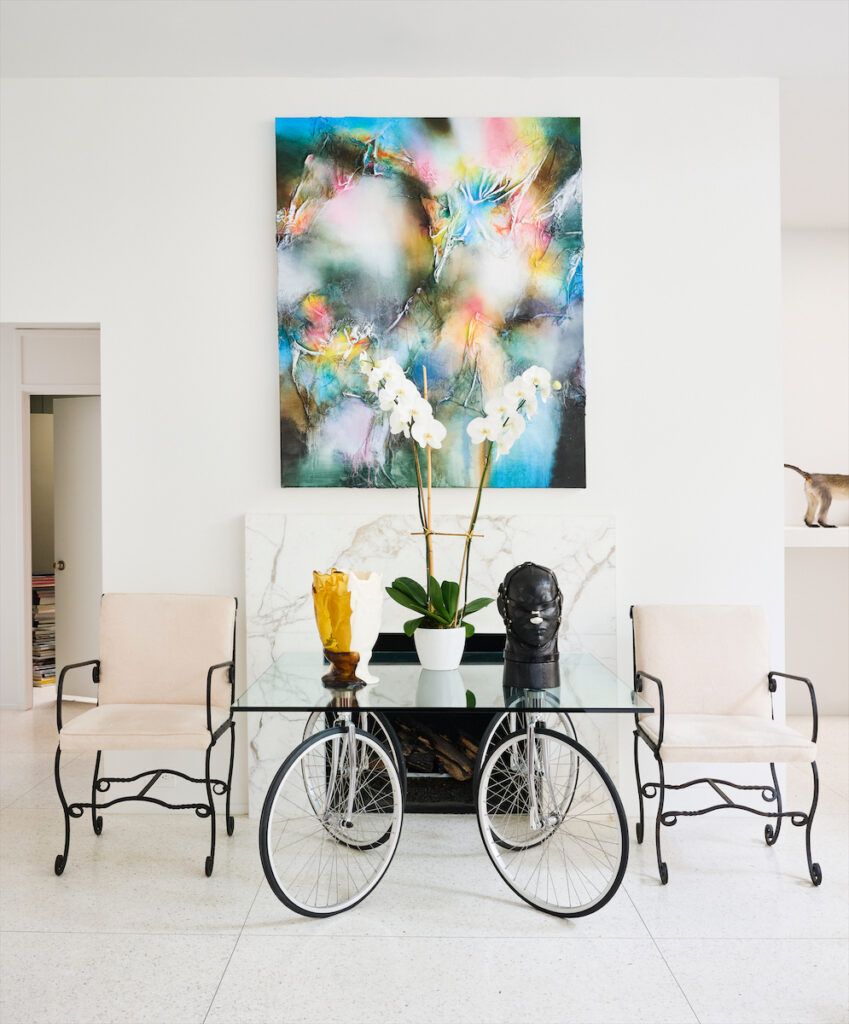


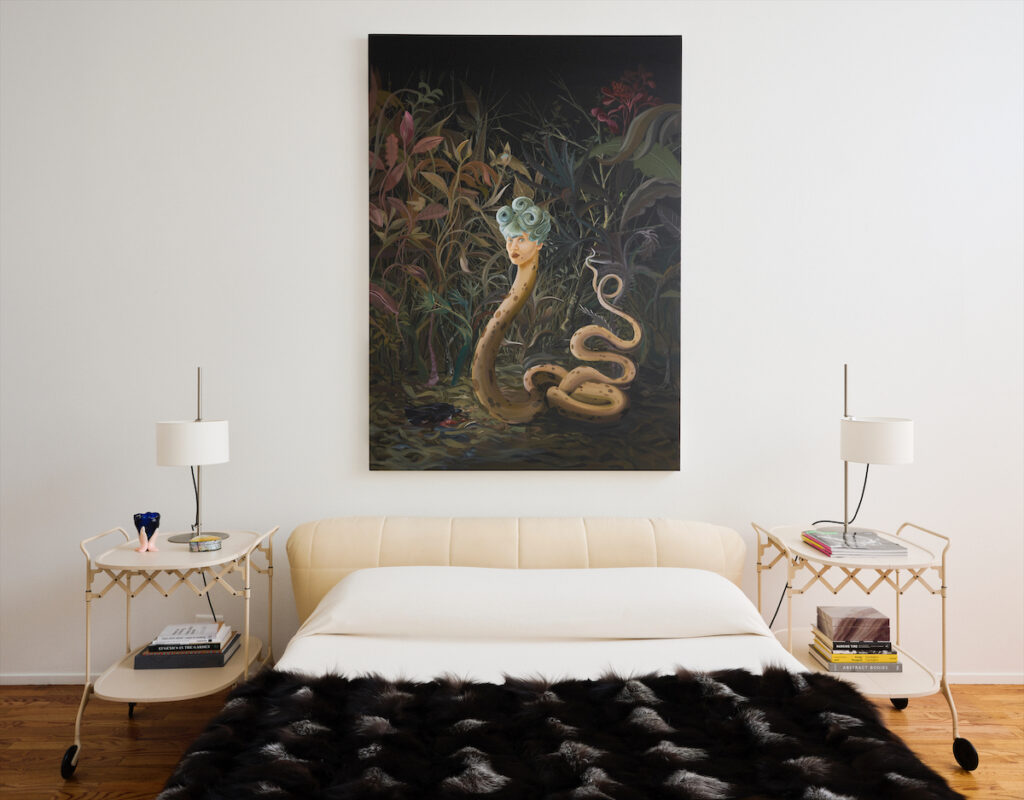
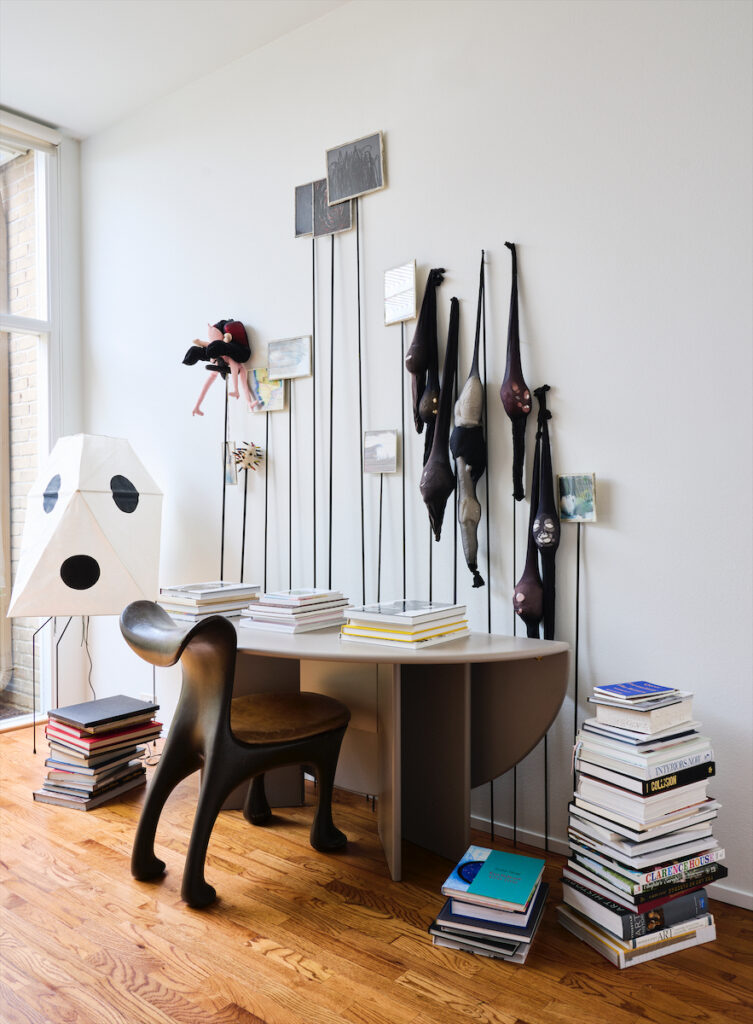

























_md.jpeg)







